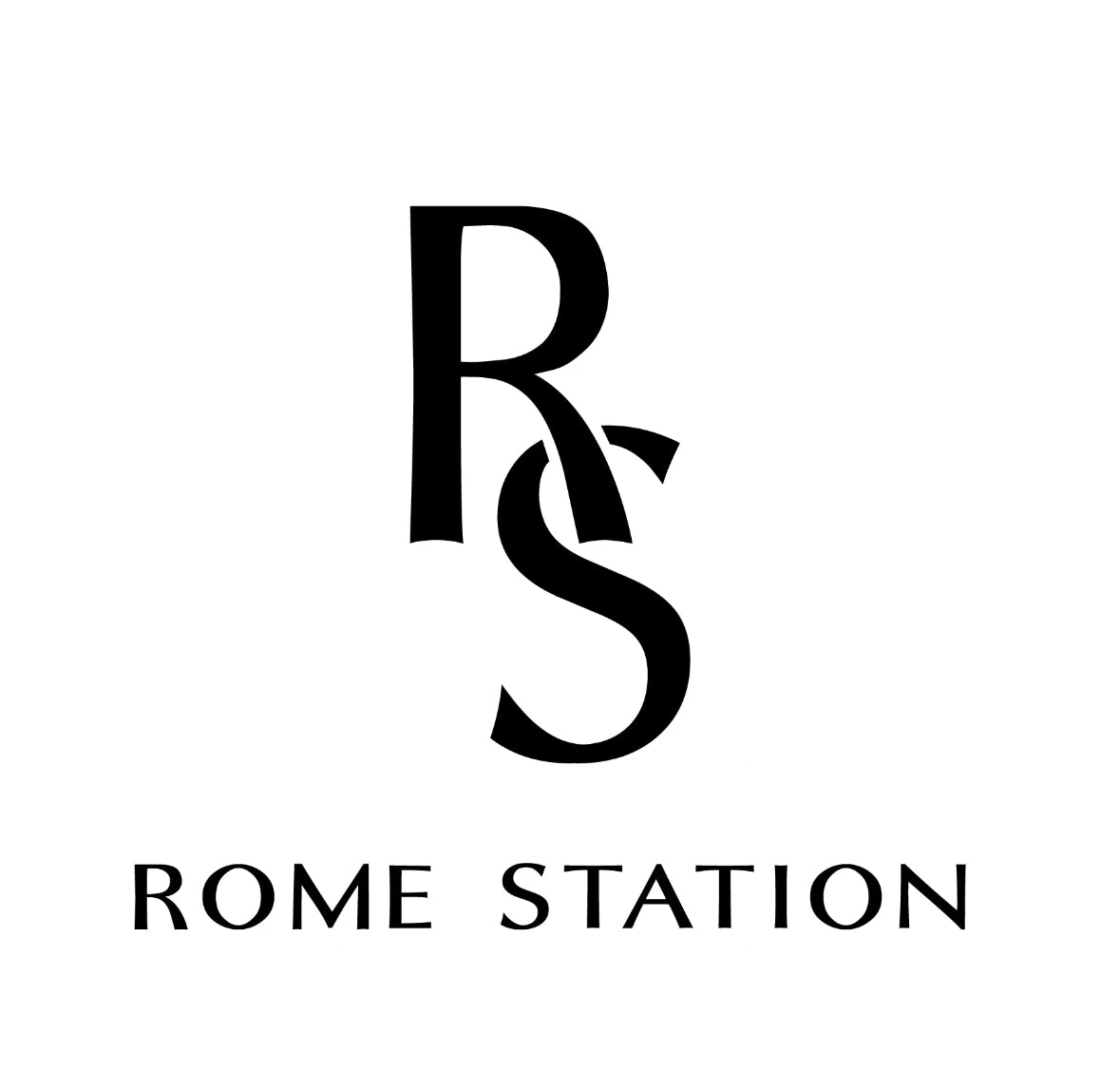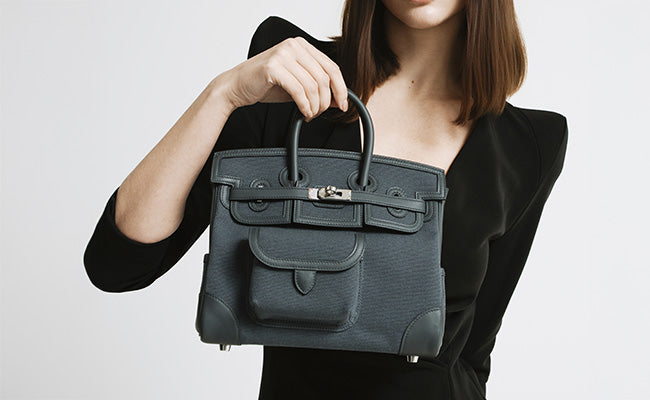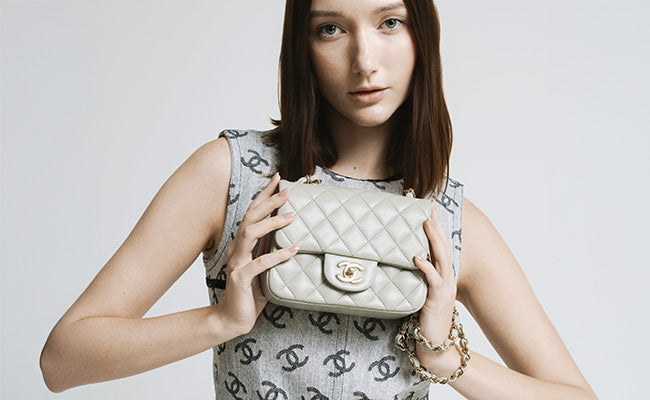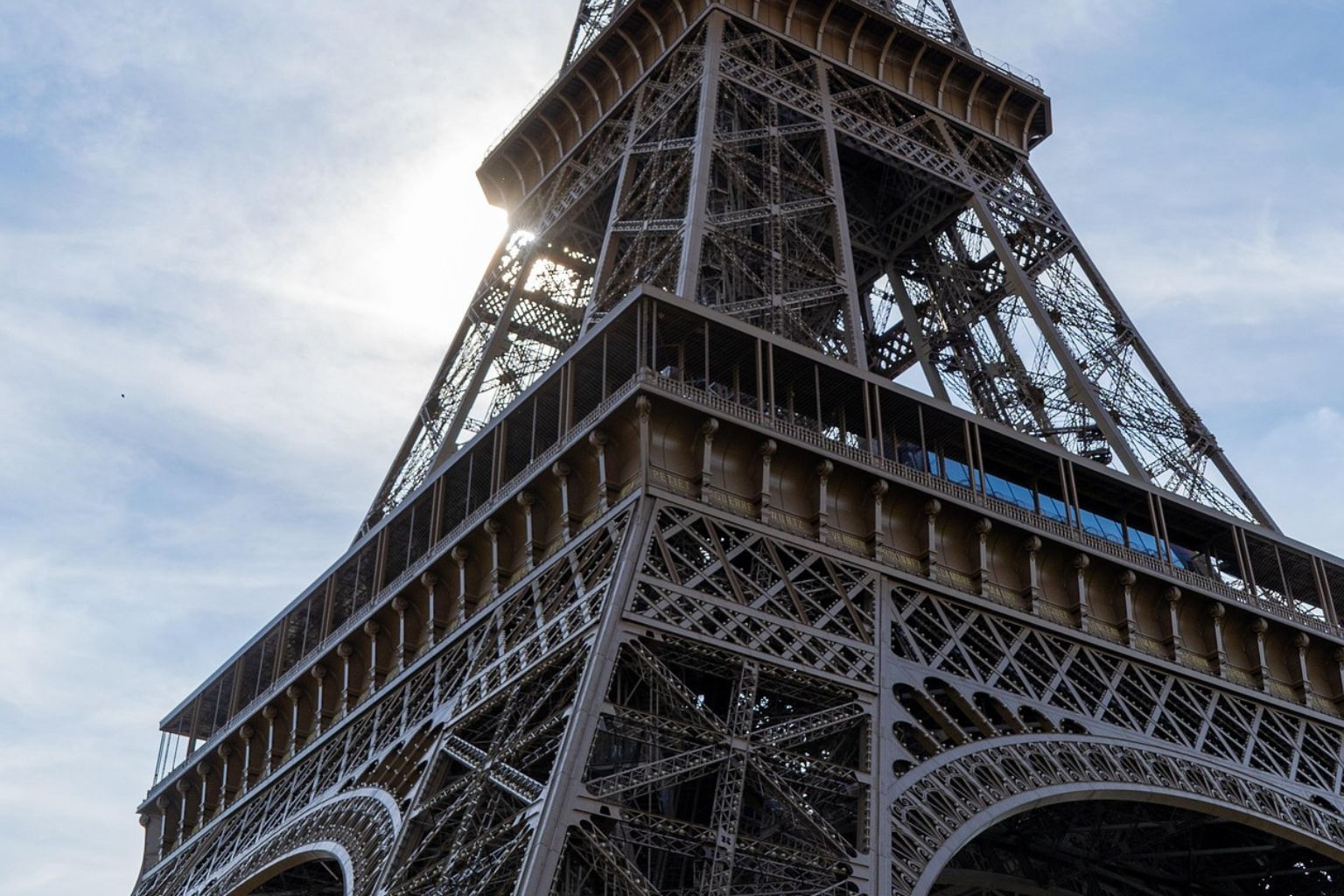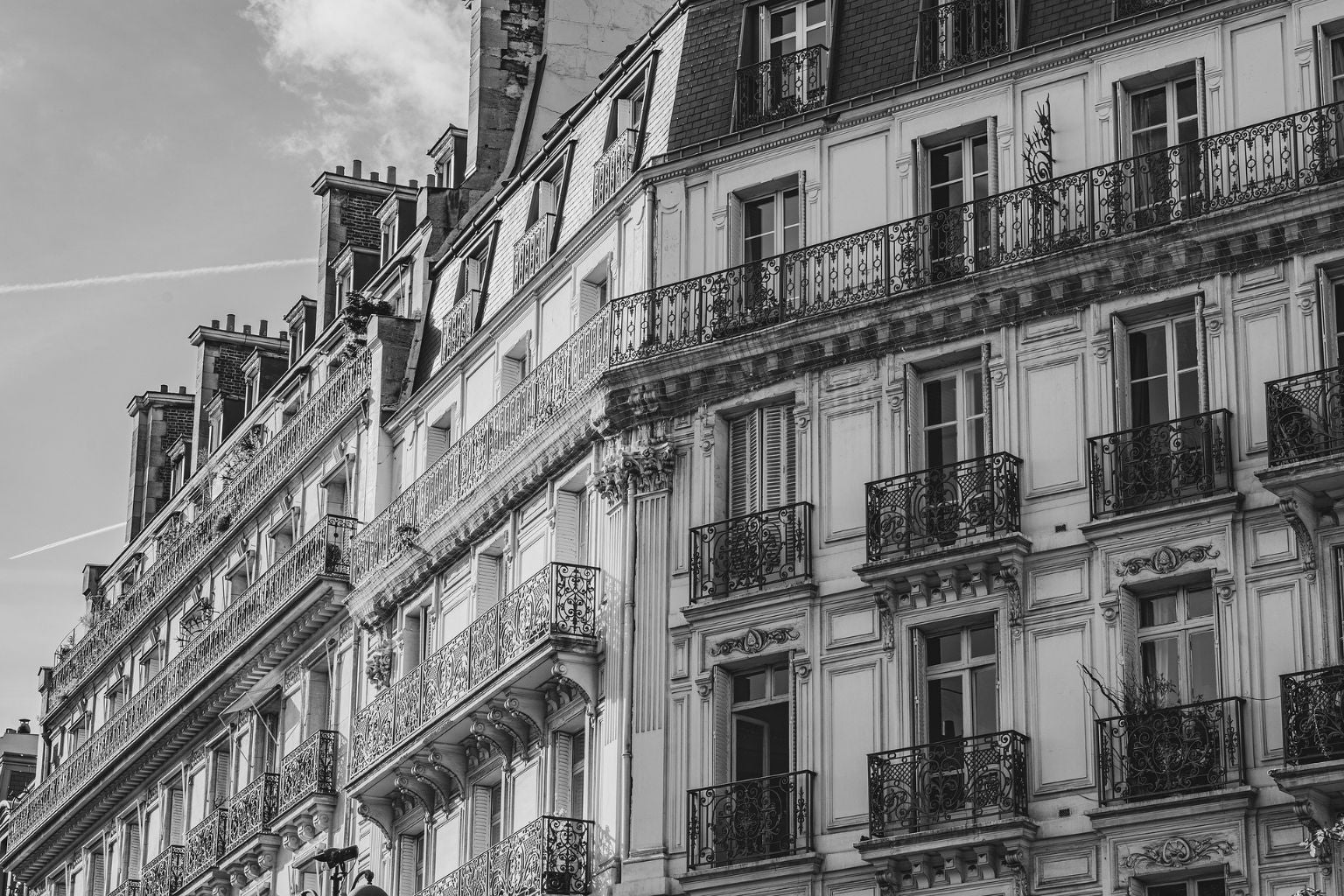
Box Calf Today: Why a Heritage Leather Still Shines
Check out our Hermès collection and Birkin bags!
Box calf leather has quietly ruled the luxury leather world for over 130 years, and it deserves more recognition.
Fashion trends come and go, but this smooth, glossy leather keeps its spot in the most coveted handbags and accessories from brands like Hermès, where it has been a staple since the 1890s.
What makes box calf so special? It is that rare mix of durability, elegance, and the way it develops a patina that turns your pieces into something even more beautiful as they age. Synthetic alternatives cannot compete. Box calf, if you take care of it, can last for decades and somehow look better each year.
Let us explore why this heritage leather still captivates collectors and luxury fans.
From its careful crafting, think vegetable tanning and hand-polishing, to its starring role in iconic pieces, box calf nails what we love about real luxury: timeless quality that does not try too hard but always gets noticed.
Key Takeaways
- Box calf leather has been a luxury go-to for over 130 years, starting with English shoemaker Joseph Box in the 1890s.
- This vegetable-tanned leather develops a gorgeous patina and can last for decades if you treat it right.
- High-end brands like Hermès pick box calf for its smooth finish, strength, and classic, understated vibe.
What Is Box Calf? Defining a Heritage Leather
Box calf leather sits at the top of traditional leather craftsmanship. It has a mirror-like surface and ages in a way that is hard to beat. This premium calf leather carries a lot of history and looks incredible.
The Legacy of Joseph Box
The name “box calf” comes from Joseph Box, a London bootmaker who revolutionized leather tanning in the 1800s. He developed chrome-tanned calfskin, and the British Standards Institution calls it “a black calfskin leather having a grain pattern of fine box-shaped creases.”
Box’s methods took ordinary calf leather and made it extraordinary. He figured out how to create that smooth surface we associate with real box calf. The term “box-calf” started describing fine black calf leather but later covered more colors. Joseph Box set the bar for fine leather, and luxury houses like Hermès still follow his lead.
His techniques remain mostly unchanged. Real innovation in premium leather does not go out of style.
Full-Grain and Calfskin Explained
Box calf starts with the best young calfskin, hides from calves under six months old, chosen for tight grain and nearly no imperfections.
“Full-grain” means the leather keeps its original surface. No sanding, no corrections. That is what lets it develop that famous patina and stay strong.
Chrome tanning sets box calf apart from vegetable-tanned leathers. Chromium salts give it smoothness and toughness that vegetable tanning cannot match.
Only about 5% of calfskin hides make the cut for box calf. Over 70% get rejected because the standards are high. No wonder genuine box calf leather costs what it does.
Key Characteristics: Texture, Gloss, and Feel
Box calf’s mirror finish is hard to miss. It reflects light in a way that gives it depth and a glow other leathers do not have.
The texture feels almost glassy at first but picks up personality with use. There is no visible texture pattern like on grained leathers, just pure smoothness.
Key tactile qualities:
- Cool when you first touch it
- Warms up in your hand
- Gets more supple over time
- Makes a distinct sound when you flex it
That gloss comes from serious hand-polishing with agate stones. Natural oils from tanning keep it shiny.
Box calf is denser and heavier than most modern leathers. That extra weight means it holds its shape well, but you must be careful to avoid scratches.
What Makes Box Calf Leather Stand Out
Box calf sets itself apart with durability, elegance, a glossy finish that improves with age, and special qualities you do not find in other calf leathers.
Durability and Structural Beauty
Ever seen a vintage Hermès Kelly bag looking flawless after decades? That is box calf magic.
Box calf comes from calves under ten months old, which keeps the grain tight and nearly flawless.
Vegetable tanning gives box calf its backbone. It uses natural tannins from bark and plants. It takes weeks, but the result is leather that shrugs off wear.
This tanning process preserves the leather’s structure, so box calf keeps its shape, no stretching or sagging even after years.
Strength and flexibility go hand in hand. A box calf handbag handle will not crack under stress but still feels nice in your hand.
The Glossy Finish and Patina Over Time
That shine is not just for looks, it is the payoff from a finishing process that boosts beauty and protection.
Aniline dyes give box calf its signature look. They soak in deep but let the natural grain show through. The color depth is exceptional.
Artisans glaze and polish the leather until it gets that mirror finish everyone loves.
Box calf ages uniquely. The patina develops into marks and shades that tell your bag’s story.
Light scratches and wear do not ruin box calf; they give it personality.
Comparison: Box Calf vs Other Calf Leathers
Not all calf leathers are equal, and box calf is top-tier for good reason.
| Leather Type | Finish | Durability | Patina Development |
|---|---|---|---|
| Box Calf | High gloss | Excellent | Rich, distinctive |
| Crust Calf | Matte | Good | Subtle |
| Regular Calf | Varies | Moderate | Limited |
Other leathers, while lovely, do not have box calf’s structure. They are softer and lose shape over time.
Some leathers are tough but do not develop that evolving patina. They stay the same, which is fine but less interesting.
Box calf’s vegetable tanning makes it breathe and age gracefully, instead of breaking down.
The fine grain helps it resist scratches. Little marks buff out, and deeper ones add character.
The Crafting Process: From Hide to Luxury Icon
Turning raw calfskin into box calf leather is a serious craft. Every step, from picking the right hides to that final mirror finish, takes a steady hand and patience.
Material Sourcing and Hide Selection
It starts with the raw material. Only young calves under six months have the fine grain box calf needs.
European calves from certain regions are favorites. They are usually milk-fed, so the leather comes out smoother with fewer scars.
What matters:
- Calves under 6 months
- Minimal blemishes
- Careful handling
- Even thickness
More than 70% of hides get rejected at the first grading. Tanners check each one repeatedly before approval.
Only the top 5% make the cut, which is why box calf costs what it does.
Tanning Methods: Vegetable vs Chrome
Chrome tanning is the go-to for most box calf today. It uses chromium salts to stabilize the hide and creates that smooth, tight surface.
Chrome tanning is quicker, 8 to 21 days, while vegetable tanning can take months.
Vegetable tanning has its perks:
- Natural tannins from oak bark
- Slower, richer patina
- More sustainable
- Appeals to tradition lovers
Most luxury brands use chrome tanning for box calf. It gives consistent color and a flawless surface.
Chrome-tanned box calf keeps its shape, resists cracking, and develops the patina collectors seek.
Dyeing and Finishing Techniques
Aniline dyes soak deep into chrome-tanned leather, building rich colors box calf is known for. Several dye baths give depth that does not fade easily.
Finishing is where the magic happens:
| Stage | Process | Duration |
|---|---|---|
| Dyeing | Multiple aniline baths | 3-5 days |
| Fat liquoring | Oil treatment for suppleness | 1-2 days |
| Drying | Controlled environment | 2-3 days |
| Polishing | Hand finishing with agate stones | 1-2 days |
Polishing with agate stones and silk cloth, repeatedly, brings out that mirror shine.
Natural waxes applied between polishing rounds boost the gloss. This old-school leathercraft has not changed much since the 1890s.
Modern premium leather production adds strict quality control. Climate-controlled rooms keep things consistent, but the heart of the process is old-world skill.
Box Calf in High-End Fashion and Accessories
Box calf remains the gold standard in luxury fashion, whether it is Hermès handbags or other high-end accessories. You see it in structured Kelly bags and classic pieces, always commanding attention and top dollar.
Hermès and the Box Calf Legacy
Hermès set the standard for box calf. They took it from luggage to the ultimate luxury statement.
The Kelly bag showcases box calf at its best. That finish catches the light and captivates. Hermès artisans polish each piece by hand, with no shortcuts for that shine.
Birkin bags in box calf are investment pieces. The structure holds up for decades, and the value keeps climbing.
The Constance bag shows box calf’s versatility. The smooth leather is the perfect backdrop for the iconic H clasp, clean, sharp, and chic.
Hermès wallets and cardholders in box calf also stand out. They develop a patina that tells your story.
Waiting lists for new box calf pieces are long, as Hermès only lets their best artisans handle this leather.
Classic Footwear Applications
Box calf shoes have been crafted since the Victorian era, turning tough leather into wearable art.
Oxford shoes in box calf are pure class. The leather’s smoothness delivers crisp creases and a formal finish.
Bespoke shoes show what box calf can do. Craftspeople spend weeks perfecting the shine on a single pair.
The patina on aged box calf shoes adds unique colors and depth not found in quick-finish modern leathers.
Derby shoes and loafers in box calf offer versatility. They are tough for daily wear but gain personality over time.
Even ready-to-wear lines maintain hand-finished standards.
From Handbags to Wallets: The Modern Touch
Box calf is not just for classics. Luxury brands use it for various accessories, keeping it fresh.
Luxury wallets in box calf feel special, smooth, solid, and develop a unique patina.
Card holders and passport covers keep sharp edges for years, no matter how much you travel.
Watch straps in box calf pair well with precious metal cases. The leather’s character enhances the watch.
Briefcases and document holders maintain a professional vibe. Designers love how box calf conveys business.
Belts hold a crease, staying sharp.
Modern leatherworkers face the same challenges as the old masters. Box calf is not easy to work with, but the results are worth it.
Box Calf Care and Longevity
Proper leather care turns box calf from beautiful to enduring. The right storage and scratch management keep its structure and lustrous patina strong for decades.
Cleaning and Polishing Tips
Start with a soft, lint-free cloth to wipe away dust and debris. Avoid harsh chemicals or commercial leather cleaners. Box Calf needs its natural oils for that sheen.
For deeper cleaning, dampen a cloth with distilled water and work in small circles. Let the leather air dry before proceeding.
Polishing requires patience and the right products. Use a small amount of neutral cream polish on a soft brush and work it into the grain.
Buff with a dry cloth to restore the shine. For bags in regular use, polish monthly; for rarely used pieces, every few months is enough.
Storage Essentials for Preserving Structure
Box Calf’s stiff build needs support in storage. Stuff bags with acid-free tissue or cotton dust covers to hold their shape. Avoid newspaper, as ink and chemicals can transfer.
Store bags upright in their dust bags, ensuring nothing squashes them. Avoid plastic storage; it traps moisture and invites mildew.
Climate matters. Keep storage between 18-24°C and 45-55% humidity. Excessive heat or dryness can crack the leather.
Keep bags away from direct sunlight and heat. Even brief exposure to strong light can fade color and weaken it.
How to Handle Scratches and Patina
Light scratches often buff out with a fingertip or soft cloth. The natural oils in Box Calf help small marks fade.
For deeper scratches, apply a little matching leather cream and gently rub it in. Let it sit for a day before checking.
Patina is a plus with Box Calf, part of its charm. The way it darkens and develops shine adds depth and authenticity.
For water spills, blot (do not rub) the spot and let it dry naturally. If a mark lingers, consult a professional.
Why Box Calf Remains the Choice for Luxury Collectors
Box Calf commands high prices and has a loyal following among collectors who value its legacy. Investors and heritage fans seek it for craftsmanship, not just the look.
Resale Value and Cult Status
At auctions, vintage Hermès Kelly bags in Box Calf fetch 30-50% more than similar bags in newer leathers.
Collectors love Box Calf for its link to Hermès’ golden years. Pieces from the 1950s to 1980s set the standard for luxury design.
Box Calf’s patina boosts its value. Unlike newer leathers that look worn, authentic Box Calf tells a story as it ages.
Why collectors want Box Calf:
- Provenance from top luxury brands
- Limited new production
- Ages beautifully
- Recognized by connoisseurs
Scarcity adds appeal. Most brands have stopped making Box Calf due to its labor-intensive process, making vintage pieces rarer.
Who Should Invest in Box Calf?
Serious Hermès collectors should see Box Calf as a core investment. It is ideal for buyers who appreciate heritage and view luxury long-term.
Box Calf suits those who enjoy caring for leather. It needs regular conditioning but rewards with improved looks over time.
Who is Box Calf for?
- Heritage buffs who love tradition
- Patient collectors who maintain their bags
- Resale-minded buyers seeking appreciation
- Craftsmanship fans who value quality
First-time luxury buyers might consider Box Calf if they are in for the long haul and want fewer, better pieces. The upfront cost pays off with durability and value.
It may not suit those wanting low-maintenance accessories or preferring modern, trendy looks over classic style.
Frequently Asked Questions
Box Calf leather sparks curiosity among collectors and luxury lovers. Here are answers to common questions, from spotting the real thing to keeping that mirror shine.
What is the history behind Box Calf leather and why does it remain a hot commodity for luxury bags?
Box Calf began in 1890s England, when Joseph Box developed chrome-tanning for a smooth finish. Hermès adopted it for travel goods, valuing its durability.
The golden era, from the 1920s to 1960s, saw top craftsmen create pieces that set the bar. Grace Kelly’s 1956 bag in Noir Box Calf cemented its elegance.
Box Calf’s mirror finish and unique patina improve with time. Only the top 5% of calfskin makes the cut.
Collectors pay high for vintage Box Calf, especially from the 1960s, when only 500-800 pieces were made yearly.
How do you care for a Box Calf leather bag to ensure its lustre lasts for generations?
Dust gently with a soft, dry cloth. Store in dust covers, away from sunlight and heat.
For cleaning, use a barely damp cloth with distilled water. Avoid soaking or harsh products. Test products on a hidden spot first.
Condition every 6-12 months with products for smooth chrome-tanned leather. Apply lightly and buff to restore shine.
For water spots, blot gently with a soft cloth. Never rub hard; it can ruin the finish.
Can you spot the difference between genuine Box Calf leather and an imposter with just a glance?
Real Box Calf has a mirror-like shine that catches light. The surface feels smooth as glass with minimal grain. Fakes look dull or flat.
Genuine Box Calf develops tiny creases that add character, not damage. Imitations show harsh cracks or lines.
Authentic Box Calf feels heavier, denser, and starts cool to the touch but warms up.
The color has richness and depth that copies cannot replicate.
What makes Box Calf leather a go-to for high-end fashion brands and discerning customers?
Box Calf is a badge of craftsmanship. Working with it requires skill only seasoned artisans have.
It holds its shape for decades and develops character instead of wearing out. That durability and elegance keep luxury fans returning.
Brands use Box Calf for prestige pieces due to its 130-year legacy, unmatched by modern materials.
The patina makes each piece personal, aging uniquely based on use and care.
How has the tanning process for Box Calf leather changed over the years, or is it still the tried-and-true tradition?
The core chrome-tanning steps remain unchanged since the early 1900s, a testament to their quality.
Modern tweaks focus on consistency. Climate-controlled rooms and some mechanical aid maintain quality, but hand-polishing remains key.
Only European, milk-fed calves under six months are chosen, with over 70% of hides rejected.
The signature finish comes from agate stone polishing and silk buffing, which cannot be rushed or automated.
Are there expert tips for reviving the opulence of a vintage Box Calf leather piece?
For valuable vintage pieces, consult a professional before drastic steps. DIY on rare Box Calf can reduce look and value.
For dull leather, clean gently with a soft cloth and distilled water, then apply a conditioner for fine leather. Work small areas to avoid over-saturation.
Some use gentle warming to help leather absorb conditioners, but this requires expertise, as too much heat can damage it.
Take photos before starting. You may need them for insurance or selling. Many collectors value authentic aging over a brand-new look.
